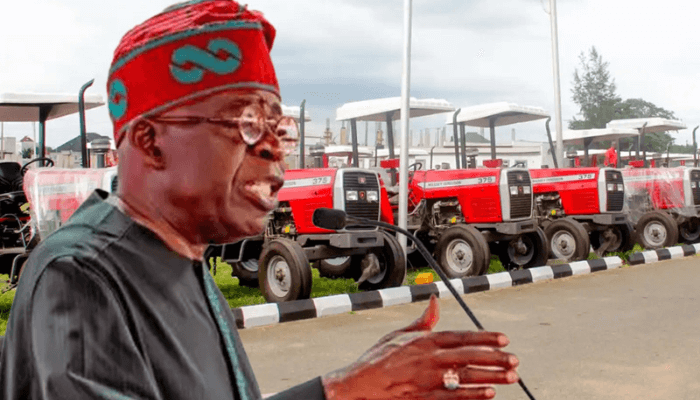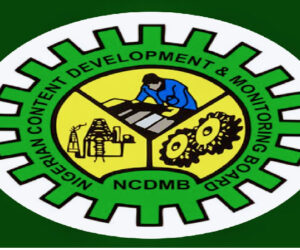Cape Verde, Benin, and Senegal have emerged as the most stable nations in West Africa, according to the Q2 2025 Eagle Badger Stability Index (EBDA SI). At the other end of the spectrum, Burkina Faso, Nigeria, and Mali remain in the red zone, underscoring persistent challenges despite signs of progress in Nigeria.
“The Stability Index is the canary in the mine for governments and institutions,” said Sharon Orisakwe, CEO of Eagle Badger Data Analytics. “It is designed to warn early, when there is still time to act.”
Nigeria’s score improves but still in red zone
Although Nigeria remains among the bottom three alongside Burkina Faso and Mali, the country’s score improved by 8.3 percentage points in the past year. EBDA attributes this to a decline in terrorism-related incidents and rising investor confidence in the economy, supported by signs of macroeconomic stabilization.
Orisakwe was cautiously optimistic. “Nigeria is moving in the right direction, and that deserves attention. Reduced terrorist activity and greater economic stability are changing perceptions. But Nigeria is still in the red zone. That tells us the journey is far from over.”
She added: “Investments in agriculture, education, and healthcare are creating momentum. If those gains are sustained, Nigeria can move from fragility to resilience.”
One of the report’s most significant findings is the strong correlation between internal displacement and future instability. EBDA’s data shows that sudden increases in internally displaced persons (IDPs) predict worsening macro societal conditions within three to six months.
“Instability rarely emerges out of nowhere,” Orisakwe observed. “Displacement is one of the strongest warning signs we have. It has a domino-effect on other indicators. Regardless of the reason, when large numbers of people are forced to move, it almost always signals deeper pressures that will show up in the next quarter.”
Alignment with IMF conflict assessments
The EBDA SI findings align with the IMF’s latest Fragile and Conflict Affected States (FCS) list for FY26, which identifies Burkina Faso, Niger, Nigeria, and Mali as the most conflict affected states in West Africa. All four appear in the red zone of EBDA’s Stability Index.
But Orisakwe emphasised that EBDA’s tool goes far beyond conflict measurement.
“The IMF’s FCS list is invaluable, but it is really a conflict lens,” she explained. “What we have built is a stability lens. We are looking not just at whether fighting is happening, but at the political, economic, social, and environmental foundations that hold a country together.”
She broke it down simply: “We track 15 indicators across four dimensions. That means terrorism and displacement, yes, but also inflation, unemployment, corruption, political freedom, even natural disasters. It is a wide angle view of stability.”
And she stressed why that matters: “Conflict is often the final symptom. Our Index is designed to catch the early signs; the literacy gaps, the unemployment spikes, the protests, the floods; that can tip a country from amber into red. That is the difference between reacting late and acting early.”
From observation to action
Orisakwe was clear that the Stability Index is not meant to sit on a shelf.
“What we’ve created is a robust compass for action across the sub-region, in every theatre,” she said. “Governments can use it for planning, investors for risk assessment, and NGOs for humanitarian response. The real value is in moving from reaction to anticipation.”
She concluded with a warning and a challenge: “In a volatile environment like West Africa, foresight is survival. The Stability Index helps turn uncertainty into intelligence. That can be the difference between fragility and resilience.”









